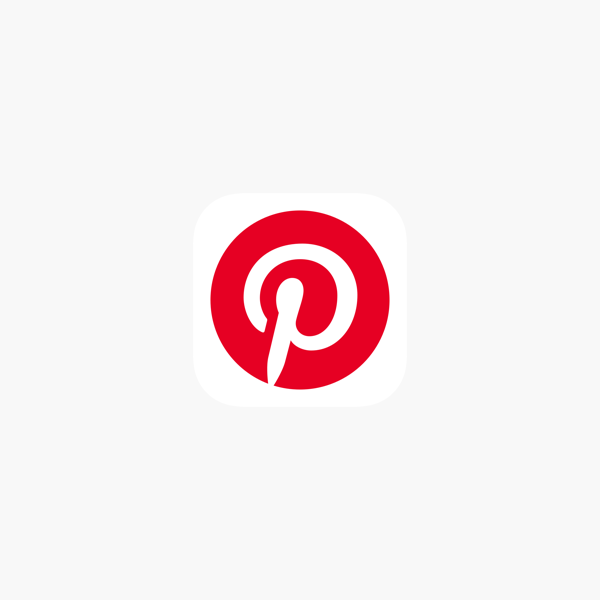This article has been written by Preetish Agrawal, pursuing the Diploma in Intellectual Property, Media and Entertainment Laws from LawSikho.
Table of Contents
Introduction
Founded in 2010, the photo bookmarking site ‘Pinterest’ is a social media website; that helps its users create a virtual corkboard, by pinning their favourite photos and videos that appear on the website. In the subsequent years, this already unique idea gained loads of momentum; and as per Forbes, Pinterest was valued at 12.3 Billion USD back in June 2017 [Chaykowski, 2017].
This growth had been significant, especially considering that major criticisms had started surfacing on the web after 2013; regarding Pinterest violating copyrights. In this article, we would analyse whether Pinterest is increasing its value through copyright infringement. To do the same, we would start by looking at how Pinterest works, and what are its terms and conditions regarding copyright infringement. We would then delve into whether it is still infringing copyright, and what can be done to prevent the same!
What is Pinterest and how does it work?
Pinterest can be conceptualised to be a virtual corkboard, where one can pin the images that they want to save or remember. Being a virtual tool, it allows the same to be done to videos as well. The site allows a user to ‘pin’ or ‘re-pin’ an image that is either available on a website on the internet, or which is uploaded by another user. Users can also follow others; and can like, comment, or share their pins.
They can also stalk what other users have pinned; and, can re-pin it on their boards. It is important to understand that this repining gives credit to the person who had first pinned the image. The users can only add a description to the image or video, but not edit it or remove its source link. Hence, Pinterest is all about browsing the pinboards of others and discovering new things. However, there is no way to check whether these re-pinned images are from the original source or not; or are at least posted with the owner’s permission or not. This opens the gate to copyright infringement.
Copyright infringement through Pinterest
For a platform that heavily relies on people sharing other’s data for functioning, it is no surprise that copyright infringement is often just a pin away. While Pinterest does encourage people to pin photos from an original source, or with the owner’s permission, such care has not translated into the practical practice of using Pinterest.
While Pinterest has ensured that due credit is often given to the owner of a copyrighted work, it has no system to ensure that the owner has also given its permission. It must be understood that giving credit and obtaining permission can be vastly different for a copyrighted work. An owner of a copyrighted work may intend to commercially exploit its image, and hence does not want it to appear anywhere even if given the credit.
The problem deepens, when such images are spread like wildfire through various re-pinning in Pinterest; with people also exploiting others’ copyrighted work for their personal gain. However, an analysis of this copyright infringement scenario is incomplete, without first analysing the terms of service of Pinterest itself.
Terms of service of Pinterest
The terms of service applicable for using Pinterest can be found [here]. While Pinterest had reviewed a lot of its terms and services after the outrage of the possibility of copyright infringement, it has continued misleading its consumers. This can be inferred by two major points.
Firstly, while it has made changes, it has not resolved any of the key issues that were being raised prior to it making such changes.
Secondly, it has added little descriptive lines after every term of service which blatantly misleads the reader from what has been officially stated in the original sentence above.
Let us discuss these concerns in terms of services in greater detail.
How Pinterest and other users can use our content
Under this heading in terms of service, Pinterest states that, “You grant Pinterest and our users a non-exclusive, royalty-free, transferable, sublicensable, worldwide licence to use, store, display, reproduce, save, modify, create derivative works, perform and distribute your User Content on Pinterest solely for the purposes of operating, developing, providing and using Pinterest” [Terms of Service].
This creates two significant problems. First, users get an allowance to ‘store, display, reproduce, save, modify, create derivative works, perform and distribute your User Content ‘. This heavily aids in the commercial exploitation of an individual’s copyrighted work. Secondly, it expects users to grant such rights to Pinterest.
However, with loads of works being pinned by users who do not own the work themselves; rights cannot be granted by individuals who do not own them. Like this, there are various examples where Pinterest earns from people pinning other’s work; but conveniently escapes any liability. To explore this further, which is a better place to look, than the Limitation of Liability Clause.
Limitation of liability
Before the amendment to terms and services, Pinterest had the following Limitation to Liability Clause:
“You Acknowledge and Agree That, To The Maximum Extent Permitted By Law, The Entire Risk Arising Out Of Your Access To And Use Of The Site, Application, Services And Site Content Remains With You” [Shontell, 2012].
After the amendment, it has been replaced with the following:
“To the Maximum Extent Permitted By Law, Pinterest Shall Not Be Liable For Any Indirect, Incidental, Special, Consequential Or Punitive Damages, Or Any Loss Of Profits Or Revenues, Whether Incurred Directly Or Indirectly, Or Any Loss Of Data, Use, Goodwill Or Other Intangible Losses” [Terms of Service].
Even after the amended version, Pinterest continuously places all the liability on its users. To escape from these scenarios, Pinterest conveniently makes the user liable for all the content that they pin on Pinterest. However, how is a user re-pinning someone else’s pin expected to know if it has been primarily been pinned by the owner of the work or not? After understanding these problems, let us explore some solutions to the same.
Pinning without copyright violations
Some general guidelines highlighted for pinning without copyright violations are; pinning your own content, pinning from websites that have a ‘pin it’ button on it, doing pre-requisite research on the web for the owner of the work, works that are in the public domain, and contents that are legally labelled as ‘Creative Commons’ [Bacon 2021].
While several websites talk about pinning without copyright violations [Lori Mcnee; Saraf Hawkins; Myers, 2018; Lisa Fraley]; in the end, it all comes to following the consumer’s instinct. However, even after following all these guidelines, it is indeed possible for a consumer to receive copyright infringement allegations. It is similarly also possible for the owners of copyrighted works to notice their rights being violated. In this scenario, we must look at Pinterest’s copyright policy.
Pinterest’s copyright policy
Pinterest’s copyright policy can be accessed [here]. Pinterest has readily developed a notification system, that allows the owners of the copyright to inform it about their copyright violations. The owner of the copyright can also register an official complaint to Pinterest for copyright violation by accessing the complaint form [here].
Pinterest states that it would investigate such complaints, then remove the pins wherever necessary. Moreover, if someone believes that their pin has been wrongly removed; they can also file a counter-notice. The counter notices can be filed from [here]. Lastly, Pinterest also recognizes privacy and allows for people to register a complaint if they want pictures of them removed from the same. A privacy complaint can be filed from [here].
Conclusion
Pinterest is copyright violating masterpiece. While the idea of the creation of a virtual corkboard is indeed impressive, Pinterest has ignored the speedy transmission of works that is leading to this copyright infringement. The problem is further deepened by Pinterest’s policies and terms of service.
Asking people to transfer rights that they do not own and limiting its liability in scenarios of dispute; go a long way in Pinterest’s response to copyright violations. However, while Pinterest’s drawbacks in tackling this issue would be its terms of services, its strengths would be its copyright policy.
The creation of a notification system to settle disputes amicably within its consumers, is an idea that goes a long way for the company. Hence, if the consumers exercise reasonable care and Pinterest responds to complaints pragmatically; it is indeed possible for Pinterest to survive with the same business model. But for that to happen, it is equally important for the company to take responsibility for the system of its website. Putting the consumers at risk for a business model that earns the company fortunes, can put a permanent pin on Pinterest.
Students of LawSikho courses regularly produce writing assignments and work on practical exercises as a part of their coursework and develop themselves in real-life practical skill.
LawSikho has created a telegram group for exchanging legal knowledge, referrals and various opportunities. You can click on this link and join:
 Serato DJ Crack 2025Serato DJ PRO Crack
Serato DJ Crack 2025Serato DJ PRO Crack











 Allow notifications
Allow notifications



